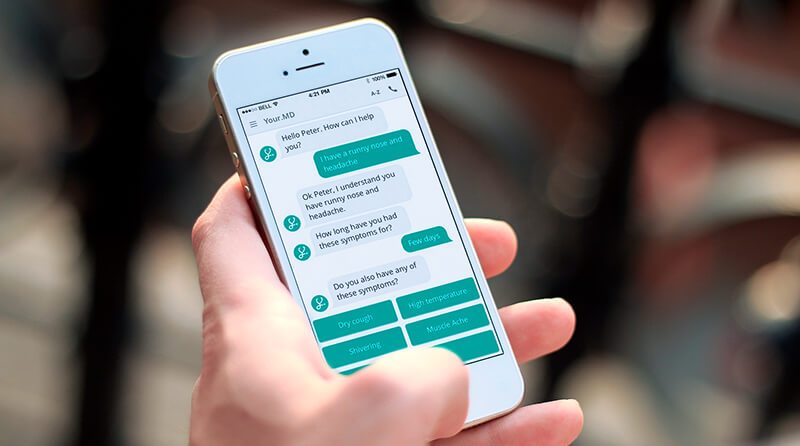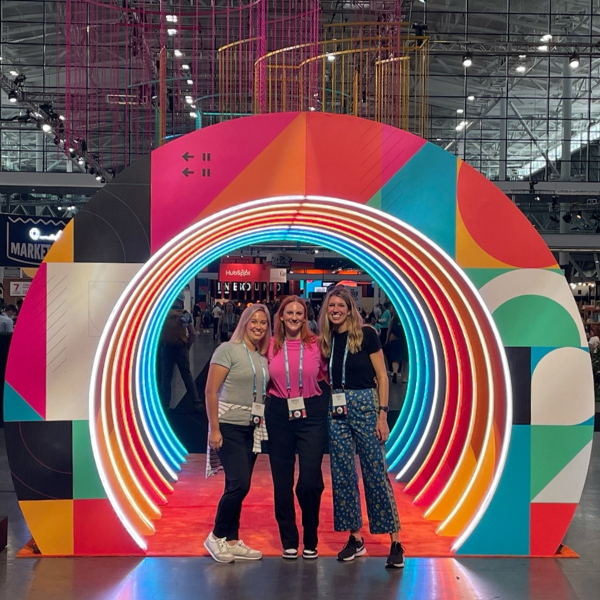Siri first whispered in my ear, but Alexa has my attention throughout the house—and beyond. As the phrase “Internet of Things” rapidly goes the way of the information superhighway, its replacement, the “Internet of Experiences,” speaks volumes. Voice command is no longer a party trick, but a powerful influence on our habits. Yes, appliances can talk to each other, but it’s what we ask them to do that counts.
In 2017, it was estimated that Alexa owned roughly 70% of the voice controlled speaker market. In 2018, I imagine nearly all IoT vendors—phones, cars, appliances, and more will rush to integrate with Alexa. With ambient intelligence ever more prominent, I can even see the spectacular early failures of wearable technologies turning into viable successes in their next iteration. I think the market will now fully embrace the connected society we’re becoming.

So, does all this conversing with non-humans portend a dumbing down of our engagements? Quite the opposite. As attribution models become more sophisticated and search engines exhibit an advanced understanding of user intent and context, our digital strategists have become less concerned with overall traffic volume and conversions, and more concerned with creating and predicting the exact content and channels that will provide buyers the most value during a purchase process. For content creators, this will mean a shift from quantity to quality. HubSpot, the original brainchild behind inbound marketing, analyzed more than 3,000 of its own blog posts last year and found that the top 20% of posts drove 93% of their leads. Given that analysis, they then tested fewer posts, cutting the volume in half—and engagement with their most-valuable posts climbed even higher. Consumers’ increasing use of immediate, personalized information requests will prompt brands to develop more sophisticated direct messaging strategies for platforms like Facebook Messenger, which already has 1.3 billion monthly users. Scaling these direct messaging strategies will rely heavily on the ability to automate “conversations” and customer service through technology like chat bots and AI.

In short, 2018 will see consumers happily hand over to machines the task of finding quick and easy answers, while rewarding brands that offer the deep, meaningful content that helps them work, and buy, smarter—a trend we’re already helping clients make the most of.






